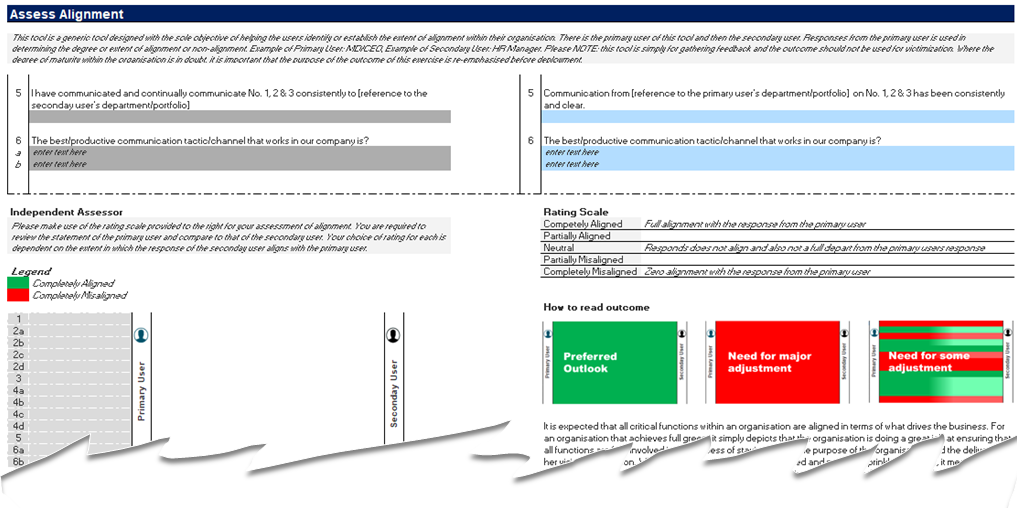Strategic Direction: Assessing Alignment within Organizations
In any organization, regardless of its industry or stage of growth, questions around where the company is headed and what actions need to be taken to get there are critical. It is common knowledge that these are pacesetting questions that everyone within the structured business space is familiar with. However, assuming that all stakeholders are fully aware of their common destination and their expected role in achieving it can be a dangerous assumption.
Recently, as part of our bench-strength development initiative, I was discussing the subject of roles of interest with my Managing Director. He provided a fresh contextual perspective on what would inform our agreement on select roles of interest (not wanting to give too much info. *TFU). This interaction sparked a new thought process, leading me to wonder if the drivers of business are truly aligned or if they are pulling in opposite directions on matters that concern the organization. Are they having serious conversations on deeper issues that impact the business, or is it a cocktail of half insights and assumptions? #curiosity
To answer these questions, I have developed a simple tool called “Assessing Alignment” to determine the degree of alignment within an organization. This tool is designed for gathering feedback and taking action, and should not be used for victimization. In cases where the maturity level of the organization is in doubt or the level of trust is low, it is crucial to agree on the purpose of the exercise and re-emphasize it before deployment.
In conclusion, assessing alignment within an organization is crucial for ensuring that all stakeholders are working towards a common goal. This tool can provide valuable insights into areas of misalignment and help organizations take the necessary actions to address them.

You can tailor for use even outside of the workplace. Let your creativity lead you. If you are yet to SAS to this newsletter, Please Subscribe And Share.
*Thanks For Understanding

